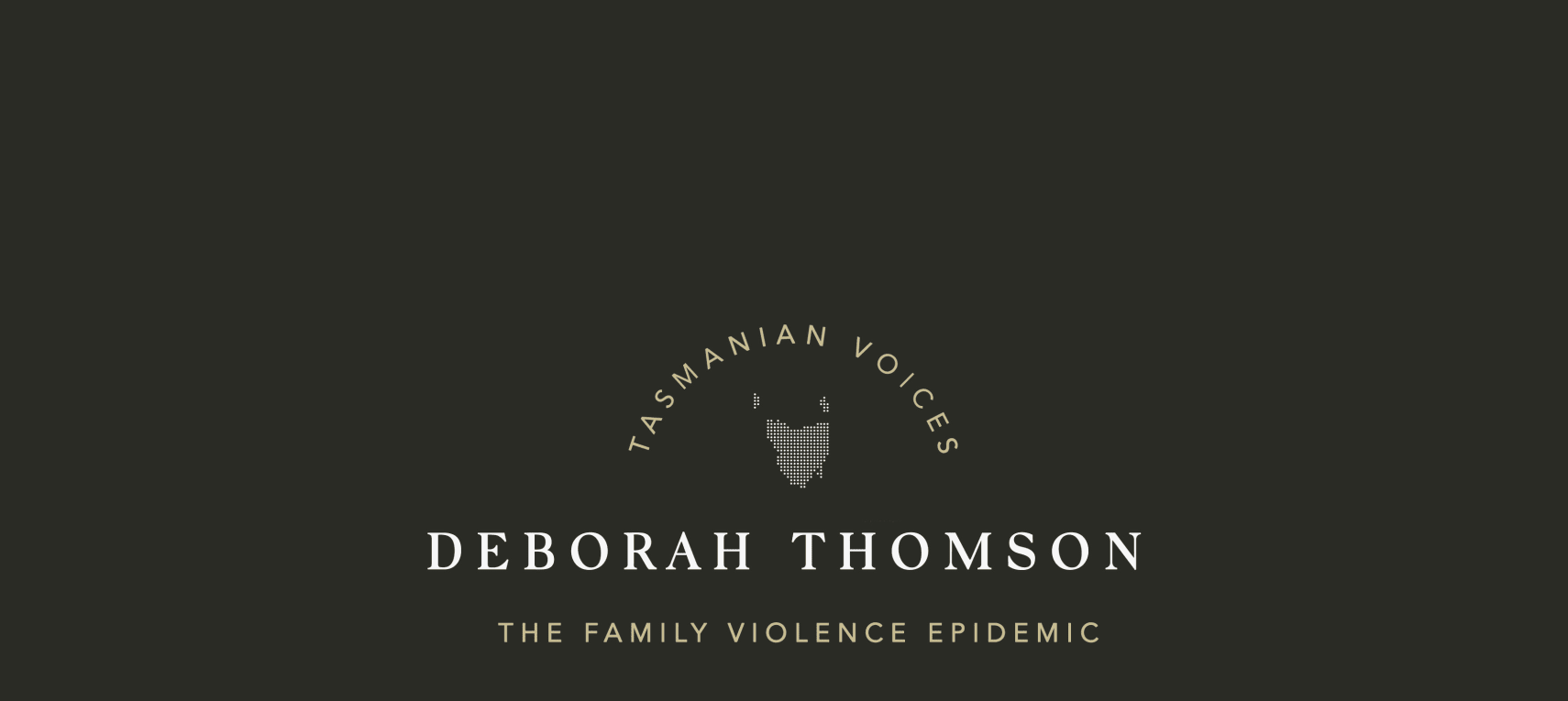A victim faces massive challenges when leaving an abuser, and it is incumbent on governments to implement these to ease a victim’s burdens.
Despite the many challenges the victim experiences – finding shelter, food and employment with little or no money – I believe nothing is worse than remaining with an abuser. The longer you stay, the greater the trauma for both you, and your children.
This article follows an earlier article titled “Why didn’t you leave?” discussing what reality looks like for many victims who have the courage to leave their abuser.
We are obviously in a housing crisis. In Tasmania, Shelter Tas has identified that women are disproportionately affected by tis crisis. There is an acute housing shortage in the north-west in particular.
Women’s Shelter Hobart has released statistics showing that in the three years to April 2024, 4,379 women and their children sought emergency accommodation. Due to lack of space, only 929 were supported, leaving 3,450 with nowhere to go. The majority of those unsupported returned to the abuser.
Meanwhile, due to lack of funding, only two of 25 houses promised by the government to the shelter have been completed.
. . .
Women and children are forced to choose between remaining with their abuser or leaving and experiencing possible homelessness. This is appalling.
Per capita I believe Tasmania has Australia’s worst rate of homelessness and women in crisis seeking residence outside of the marital home, in the country.
There are solutions, but they need government action:
- Inadequate funding is a huge problem.
- To reduce homelessness, it is essential that both federal and state governments identify needs and respond. This will involve and adjustment of priorities.
- The criteria for building applications for transitional housing is too restrictive with unnecessary bureaucratic processes, presenting roadblocks to building houses. Simplify building applications and reduce the red tape while maintaining safety regulations relating to building and construction works.
- Construct low cost, crisis and transitional housing that is fit for purpose. Too many times we have heard, particularly with indigenous and disability cohorts, how the housing they are offered does not align with specific needs, thereby increasing problems rather than providing the support housing is supposed to offer.
- Increase targeted funding to organisations dealing with crisis, transitional and longer-term housing for victims of domestic violence, providing clarity about the increased funding so support can be sustained. Increased focus on, and implementation of, the Safe at Home program is urgently needed. The number of women and children leaving abusers outstrips the number of abusers seeking support to change their behaviour, so to lessen the drain on resources for women leaving an abuser (and we know those resources are virtually non-existent given at least a three-month waiting list for victims to receive crucial support), evict the perpetrator and allow women and children subjected to violence in their home to remain in that home.
Governments state that budgetary constraints dictate where money is spent. I believe it is financially far less burdensome to force the abuser to leave the home rather than the victim. There is now an explosion of female victims leaving their homes and seeking outside support with local, regional, and national services, these services saying they struggle to meet that demand. Governments state they are unable to fund resources for victims of domestic violence when there are more immediate areas requiring funding. If victims stay at home, governments can invest in resources that support these women instead of flinging their hands in the air saying we are in a crisis but …
. . .
Housing availability is in crisis across the country and government must make this a priority of course, but government investment across a range of measures is vital too, as is shifting the narrative away from victim-survivors and all the things they have to do to keep themselves and their children safe, and on to users of violence. Concentrate not only women and children victimised by men but on the perpetrators themselves.
Efforts to combat domestic violence have become increasingly collaborative. One example of collaboration is the fortnightly Safety Action Meetings (SAMs), chaired by police but largely facilitated by domestic violence specialist services. The purpose of the meetings — which bring together representatives from health, education, child protection, corrective services and housing — is to unite information on cases where a domestic violence victim is deemed "at serious threat".
Such collaboration will go a long way towards solving the housing crisis for victims of domestic and family violence, but there remain gaping holes in the number of services available to victims leaving an abuser.
Deborah Thomson moved to Tasmania with her daughter in 2010, and now lives with her partner of nine years and a parrot. She moved to escape domestic violence and, inspired by her new partner, wrote her first book, Whose Life Is It Anyway? Recognising and Surviving Domestic Violence, to help others recognise abuse (and in particular coercive control), in the home, and to increase their motivation to leave earlier. After publishing her first book, she became a trained advocate through Engender Equality, a non-government Tasmanian organisation working with people and communities impacted by family violence. Deborah Thomson advocates for survivors of family violence, speaking at domestic violence events across Tasmania, through media channels and podcasts. She recently completed a second book, detailing lived experience with domestic violence by her then husband, spanning 17 years from 1985 to 2003. This book is now used in Tasmania as an information resource for family violence counsellors and students on practicals.







